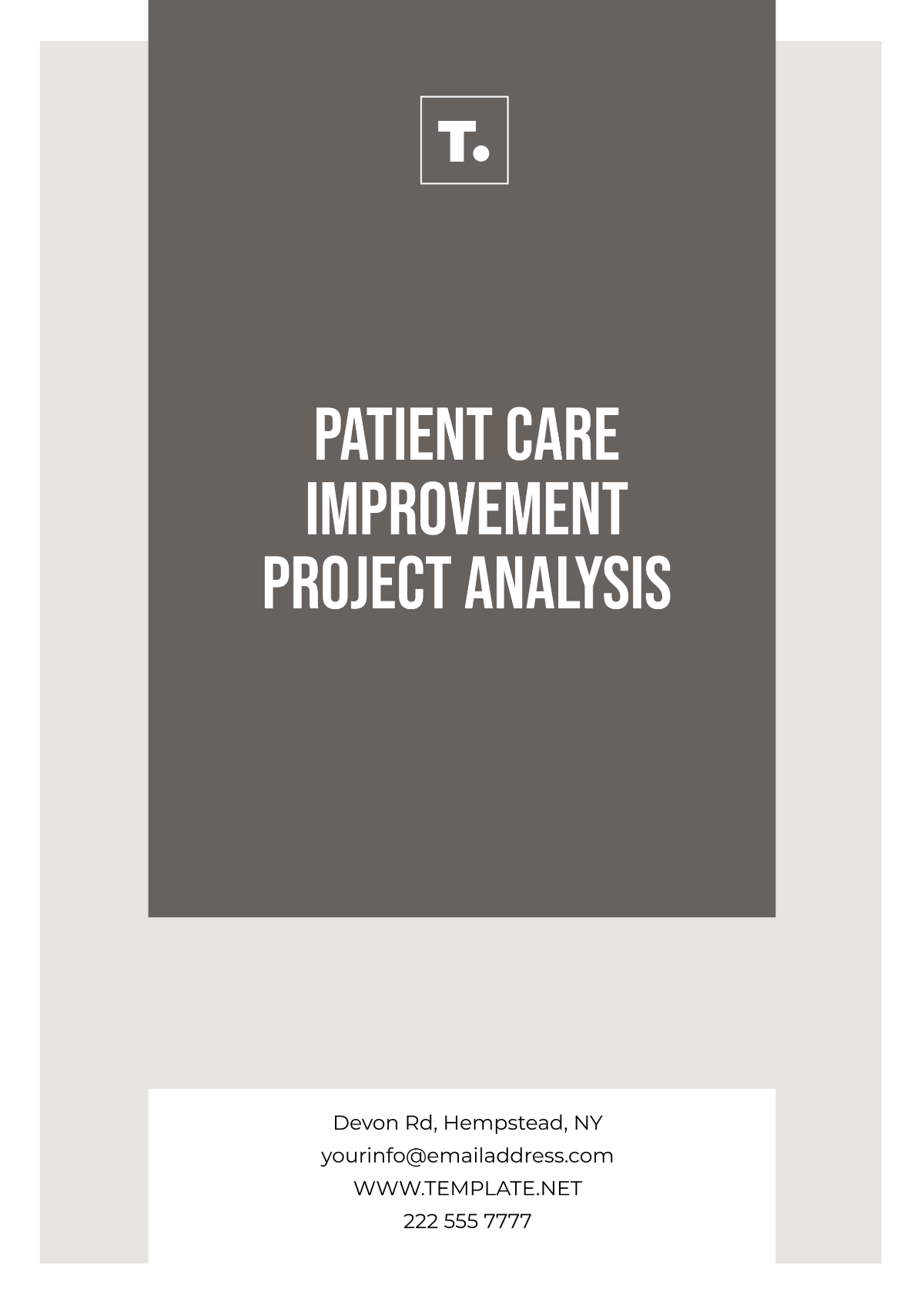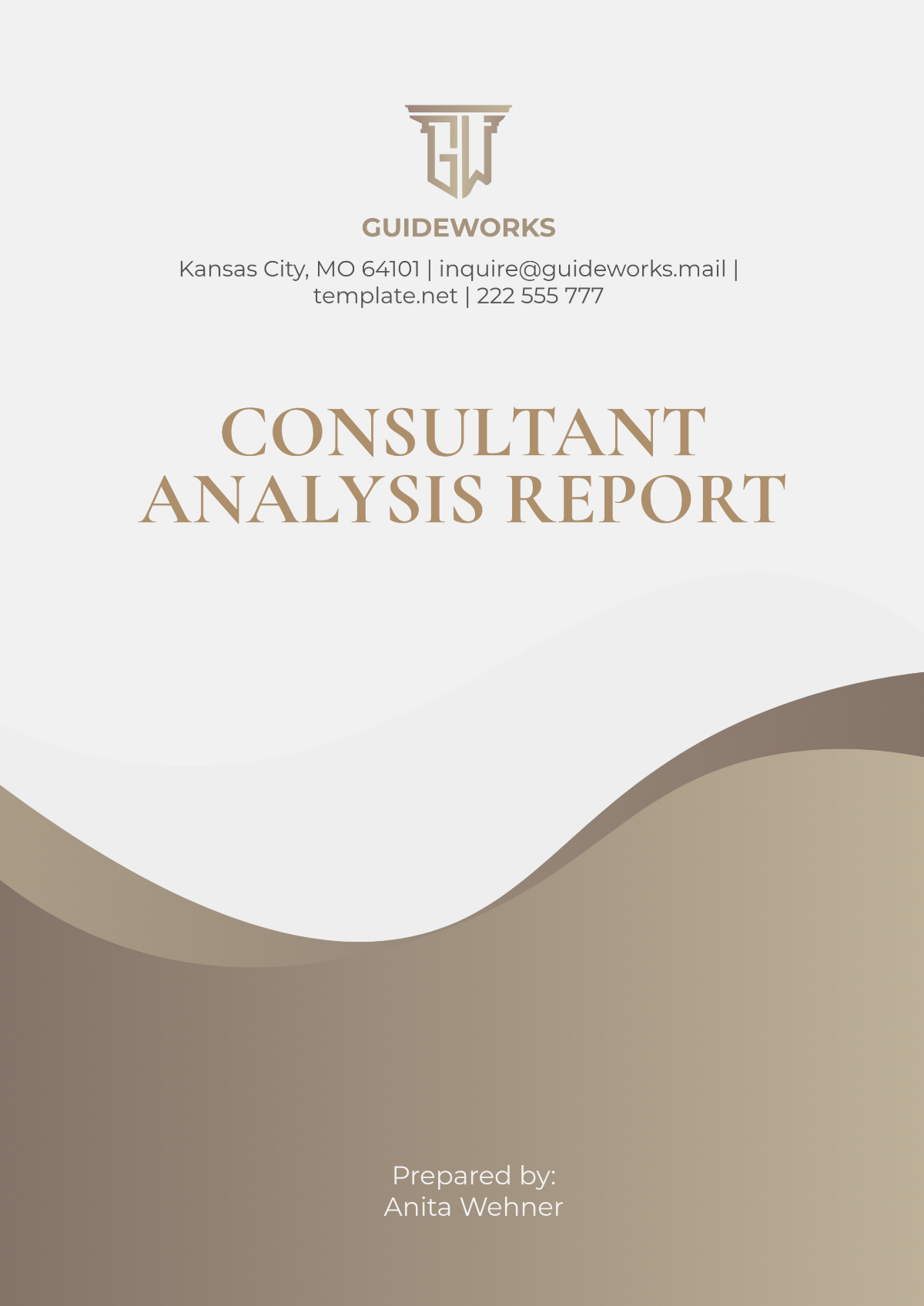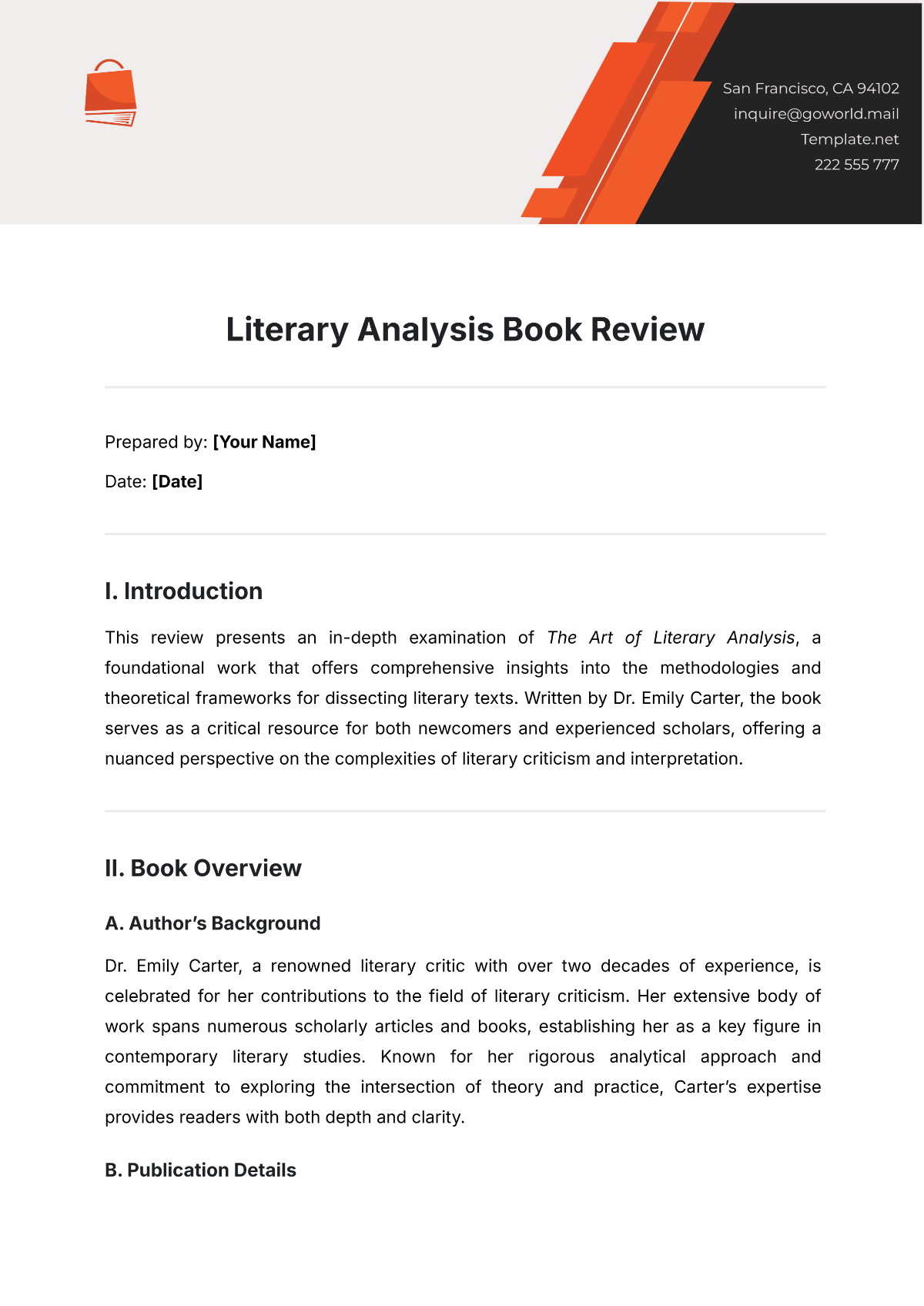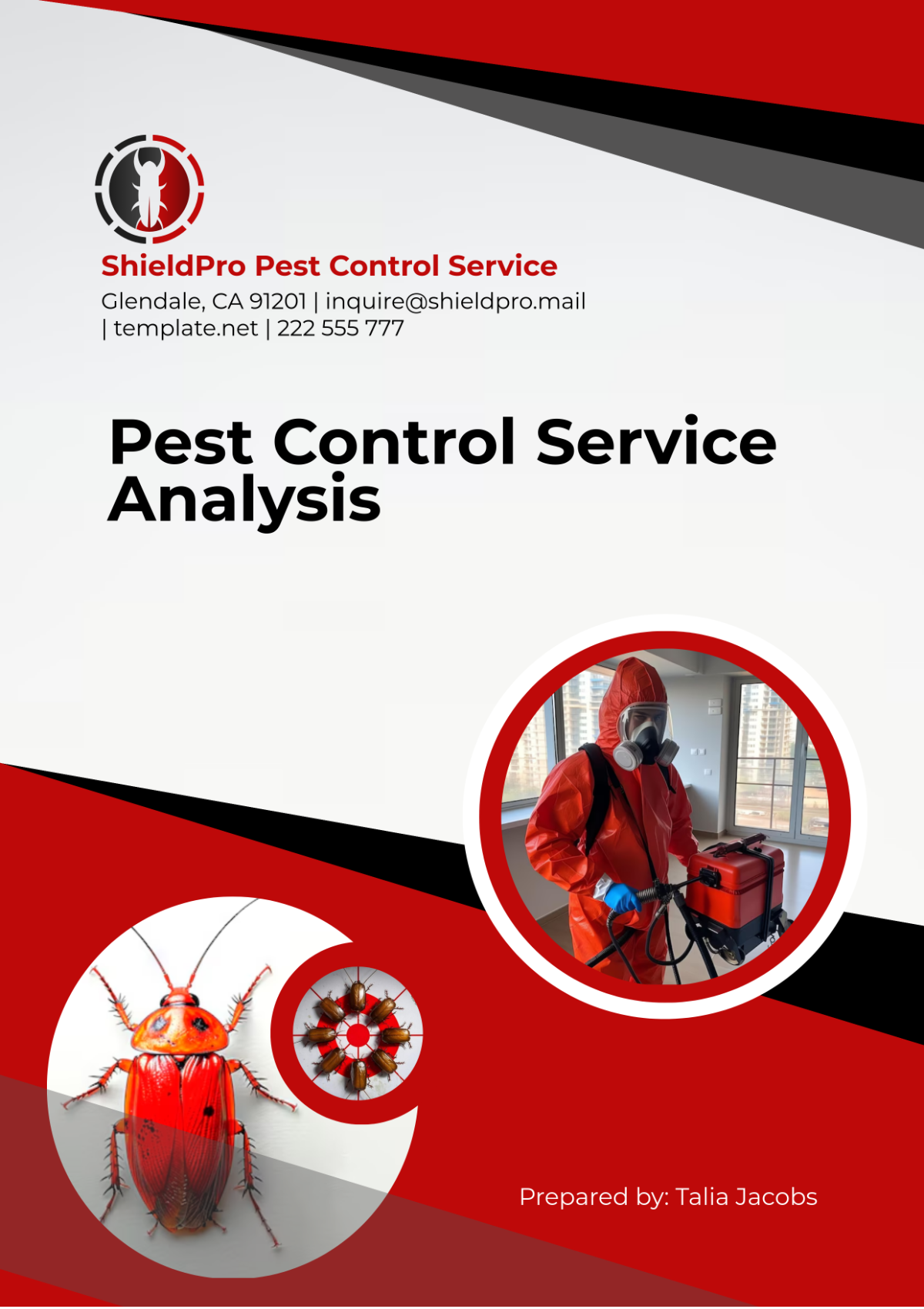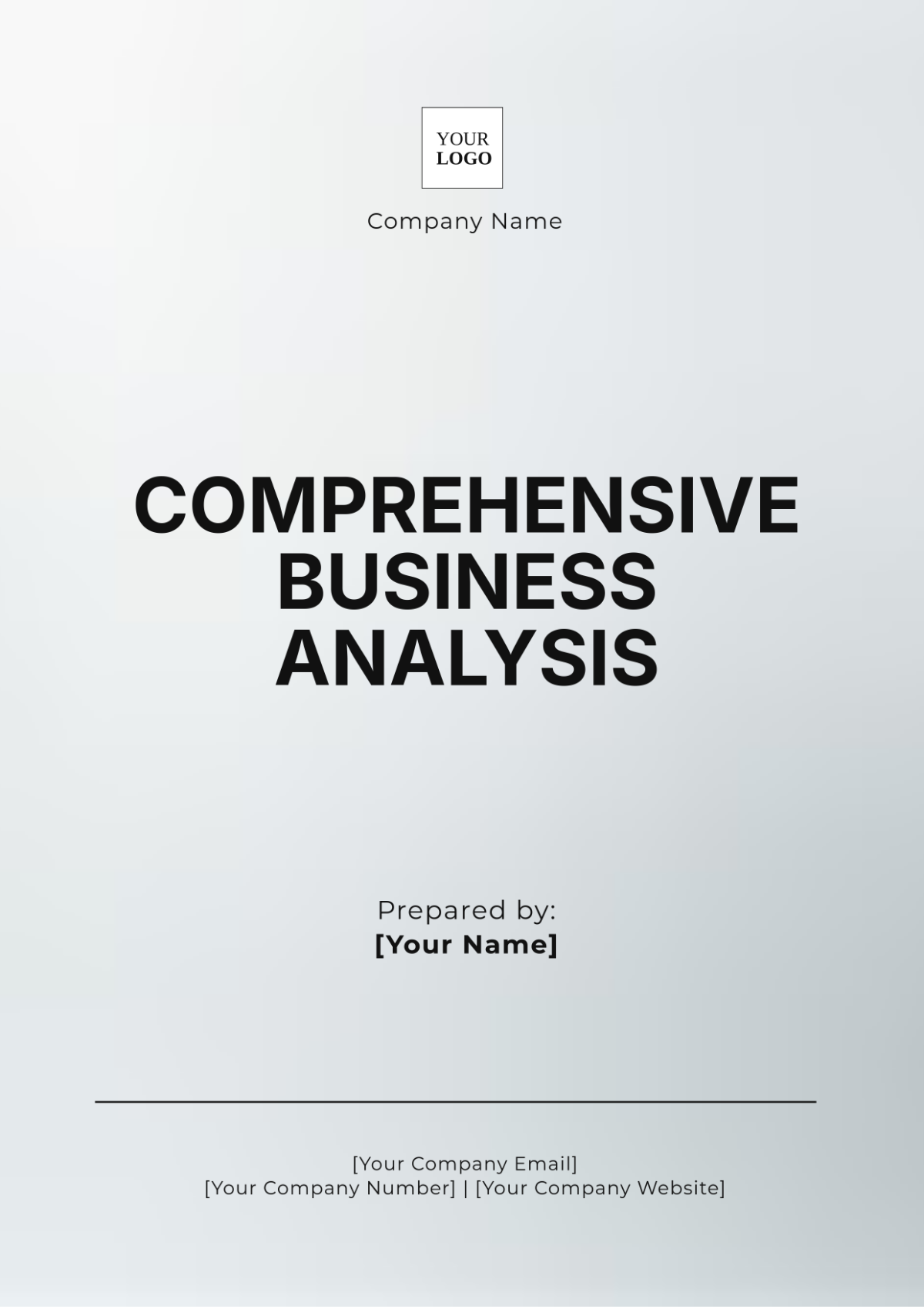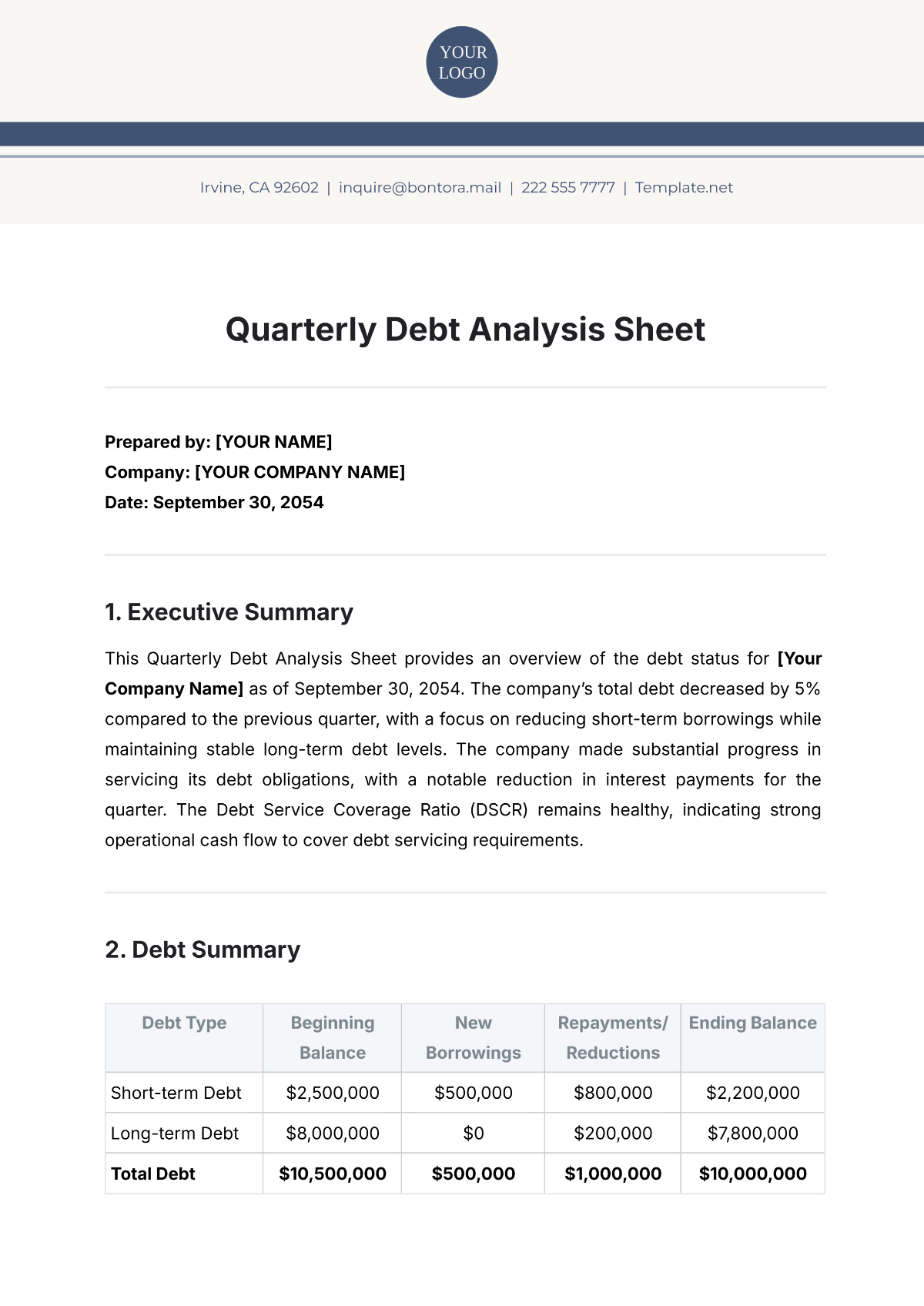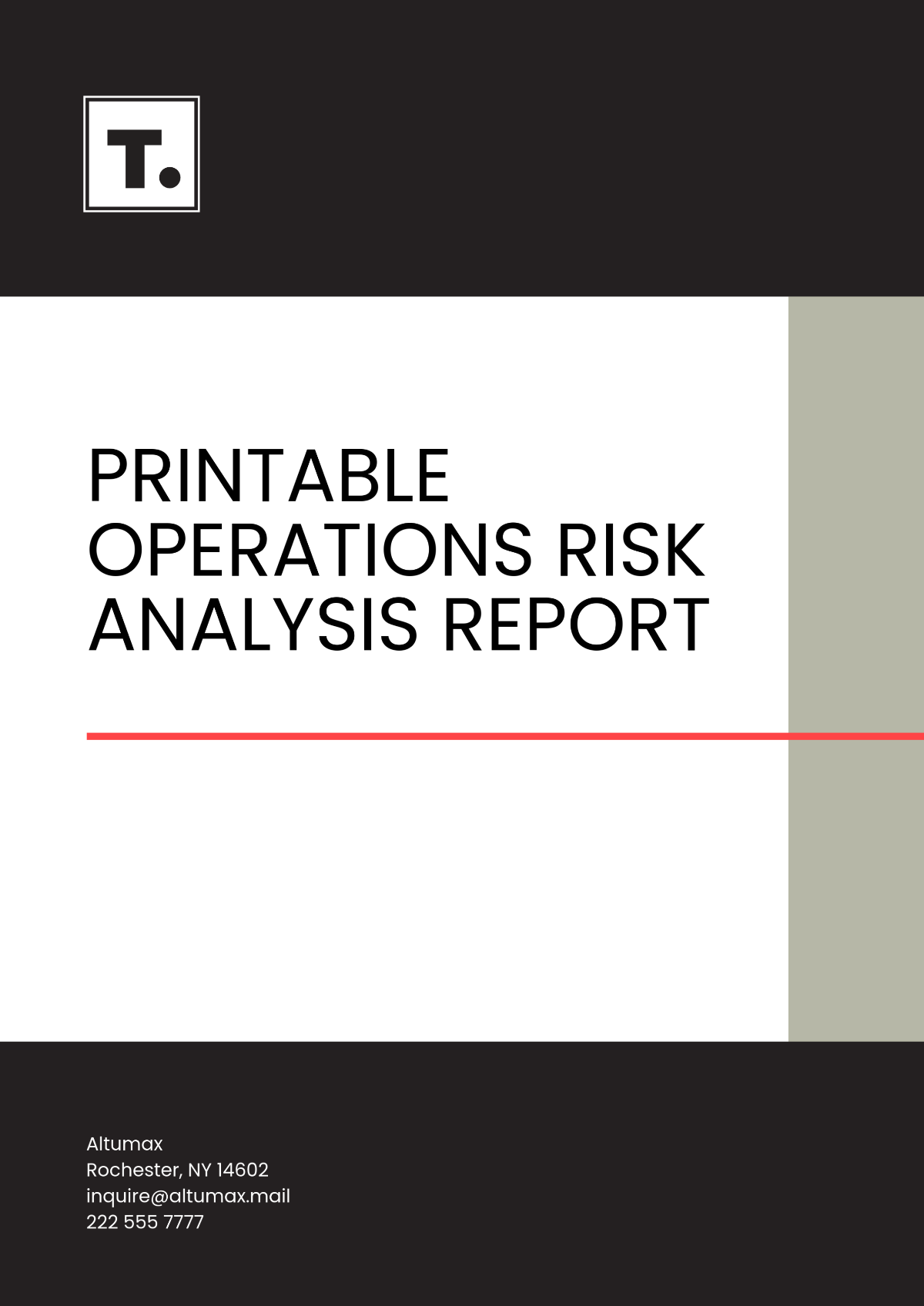School Counselor Time Task Analysis
Introduction
A school counselor plays a critical role in supporting the academic, career, and social-emotional development of students. Understanding how a counselor’s time is spent on various tasks can help improve efficiency and effectiveness in delivering these essential services. This comprehensive School Counselor Time Task Analysis aims to evaluate the distribution of tasks, identify areas for improvement, and propose strategies to optimize the counselor’s time for maximum impact on student outcomes.
I. Objectives of the Time Task Analysis
Setting clear objectives for the time task analysis ensures that the evaluation is focused and actionable. The primary objectives are:
A. Evaluate Current Time Allocation
Objective: To assess how the counselor’s time is currently distributed among various tasks and responsibilities.
Key Components:
Task Categorization: Identify and categorize the different tasks performed by the counselor.
Time Distribution: Measure the amount of time spent on each category of tasks.
Task Impact: Evaluate the effectiveness and impact of each task on student outcomes.
B. Identify Inefficiencies and Gaps
Objective: To identify any inefficiencies in the current allocation of time and areas where additional focus may be needed.
Key Components:
Inefficiencies: Highlight tasks that may be consuming more time than necessary.
Unmet Needs: Identify critical areas that may be under-resourced or overlooked.
Barriers: Recognize barriers that prevent the counselor from maximizing their efficiency.
C. Develop Recommendations for Improvement
Objective: To propose actionable recommendations for optimizing the counselor’s time and improving the overall effectiveness of counseling services.
Key Components:
Time Management Strategies: Suggest strategies to enhance time management and prioritize tasks.
Resource Allocation: Recommend adjustments in resource allocation to support essential tasks.
Future Planning: Develop a long-term plan for continuous improvement in time management.
II. Methodology
A thorough and methodical approach is essential to conduct an effective time task analysis. The methodology section outlines the systematic process used to collect, categorize, and analyze data on how school counselors at [Your Company Name] allocate their time among various tasks. This section aims to ensure that the findings are comprehensive, accurate, and actionable.
A. Data Collection
Data collection is a critical component of the time task analysis. Accurate and detailed data provide the foundation for understanding current practices and identifying areas for improvement. Multiple methods were employed to collect data to ensure a holistic view of the counselors' time allocation.
Time Logs
Description: Counselors were asked to maintain detailed time logs over a four-week period. This approach provides a granular view of daily activities and time allocation.
Implementation:
Instructions: Counselors received instructions on how to record their time accurately. They were asked to log every activity they engaged in throughout the workday, including the start and end times for each task.
Frequency: Counselors updated their time logs in real-time or at the end of each day to ensure accuracy and minimize recall bias.
Review: Weekly reviews of the time logs were conducted to ensure completeness and accuracy. Counselors were encouraged to note any challenges or irregularities they encountered while recording their tasks.
Surveys
Description: Surveys were distributed to gather qualitative data on the counselors’ perception of task importance, satisfaction with their time allocation, and the challenges they face.
Implementation:
Design: The survey included a mix of closed-ended questions (e.g., rating scales) and open-ended questions to capture a broad range of feedback.
Distribution: Surveys were distributed electronically to ensure ease of access and timely responses. Counselors were given a two-week period to complete the survey.
Analysis: Survey responses were anonymized to encourage honest feedback. The data was then aggregated and analyzed to identify common themes and insights.
Interviews
Description: One-on-one interviews were conducted with counselors to gain deeper insights into their daily routines, challenges, and suggestions for improvement.
Implementation:
Selection: A representative sample of counselors was selected for interviews based on factors such as years of experience, grade levels served, and specific roles within the school.
Conducting Interviews: Interviews were conducted in a semi-structured format, allowing for both guided questions and open-ended discussion. Each interview lasted approximately 30-45 minutes.
Topics Covered: Topics included time management strategies, perceptions of task importance, challenges faced in daily routines, and suggestions for optimizing time allocation.
Recording and Analysis: Interviews were recorded (with consent) and transcribed. Thematic analysis was conducted to identify recurring themes and actionable insights.
B. Task Categorization
Categorizing tasks is essential for organizing and analyzing the data collected. This process helps to identify how time is distributed among different types of activities and to pinpoint areas for potential reallocation or improvement.
Direct Student Services
Introduction: Direct student services involve face-to-face interactions with students, which are critical for addressing their academic, social, and emotional needs.
Subcategories:
Individual Counseling: One-on-one sessions with students to address personal, academic, and career-related concerns.
Group Counseling: Facilitated group sessions that address common issues among students, such as social skills or stress management.
Classroom Guidance Lessons: Structured lessons delivered in classroom settings to educate students on topics such as bullying prevention, career planning, and emotional health.
Indirect Student Services
Introduction: Indirect services support the overall student experience without direct interaction.
Subcategories:
Consultation with Teachers and Parents: Collaborative meetings to discuss student progress, concerns, and strategies for support.
Referrals to External Agencies: Coordinating with external service providers to ensure students receive comprehensive support, such as mental health services or social services.
Program Planning and Coordination
Introduction: Program planning involves developing and implementing school-wide initiatives that promote student well-being and success.
Subcategories:
Developing Counseling Programs: Creating and updating programs that address student needs, such as peer mentoring or career guidance.
Coordinating School-Wide Initiatives: Organizing and overseeing initiatives like anti-bullying campaigns, wellness programs, and college fairs.
Administrative Duties
Introduction: Administrative duties are essential for maintaining organized and compliant operations within the counseling department.
Subcategories:
Record Keeping: Maintaining accurate and up-to-date records of student interactions, progress notes, and program outcomes.
Scheduling and Documentation: Managing the counselor’s schedule, setting appointments, and documenting meetings and interventions.
Professional Development
Introduction: Continuous professional development ensures that counselors remain current with best practices and emerging trends in education and mental health.
Subcategories:
Attending Workshops and Conferences: Participating in external training sessions, workshops, and conferences to enhance skills and knowledge.
Participating in Training Sessions: Engaging in internal professional development opportunities, such as staff training days and in-service workshops.
C. Time Distribution Analysis
After collecting data through time logs, surveys, and interviews, the next step involves analyzing the distribution of time across the identified task categories. This analysis provides insights into how counselors are currently allocating their time and helps identify areas for optimization.
Analysis Process
Data Compilation: Time logs and survey data were compiled into a comprehensive database. Each entry was categorized according to the predefined task categories.
Quantitative Analysis: Statistical analysis was performed to determine the average time spent on each task category. Key metrics included total hours, percentage of total time, and variance across different counselors.
Qualitative Analysis: Survey and interview responses were analyzed using thematic analysis to identify common themes, challenges, and suggestions for improvement.
Findings
Time Distribution:
Task Category | Average Hours/Week | Percentage of Total Time |
|---|---|---|
Direct Student Services | 20 | 50% |
Indirect Student Services | 9 | 22.5% |
Program Planning and Coordination | 5 | 12.5% |
Administrative Duties | 5 | 12.5% |
Professional Development | 1 | 2.5% |
Interpretation
The analysis revealed that a significant portion of the counselor’s time is dedicated to direct student services, which is in line with the primary role of supporting students’ academic and emotional needs. However, the time spent on administrative duties and indirect services suggests potential areas for optimization. By streamlining administrative processes and enhancing support for indirect services, counselors can allocate more time to direct student interactions.
The methodology section outlines a rigorous and systematic approach to understanding how school counselors at [Your Company Name] allocate their time. Through detailed data collection, task categorization, and comprehensive time distribution analysis, this methodology provides a solid foundation for identifying inefficiencies and proposing actionable recommendations. The insights gained from this analysis will inform strategies to optimize counselor time management and enhance the overall effectiveness of counseling services in the school.
III. Evaluation of Current Time Allocation
A. Direct Student Services
Introduction: Direct student services are the core of the counselor’s role, involving face-to-face interactions with students.
Time Distribution:
Task | Average Hours/Week | Percentage of Total Time |
|---|---|---|
Individual Counseling | 10 | 25% |
Group Counseling | 5 | 12.5% |
Classroom Guidance Lessons | 5 | 12.5% |
Task Impact: Direct student services are crucial for addressing students’ immediate needs, providing emotional support, and fostering a positive school environment. These activities directly contribute to student well-being and academic success.
B. Indirect Student Services
Introduction: Indirect services involve activities that support students but do not involve direct interaction.
Time Distribution:
Task | Average Hours/Week | Percentage of Total Time |
|---|---|---|
Consultation with Teachers | 4 | 10% |
Consultation with Parents | 3 | 7.5% |
Referrals to External Agencies | 2 | 5% |
Task Impact: Indirect services are essential for creating a supportive network around the student. Effective consultation and referrals ensure that students receive comprehensive care and support beyond what the school can provide.
C. Program Planning and Coordination
Introduction: Program planning involves developing and coordinating school-wide initiatives and counseling programs.
Time Distribution:
Task | Average Hours/Week | Percentage of Total Time |
|---|---|---|
Developing Counseling Programs | 3 | 7.5% |
Coordinating Initiatives | 2 | 5% |
Task Impact: Effective program planning and coordination ensure that the school’s counseling services are proactive, comprehensive, and aligned with the school’s mission and goals.
D. Administrative Duties
Introduction: Administrative duties include essential but often time-consuming tasks related to record-keeping and documentation.
Time Distribution:
Task | Average Hours/Week | Percentage of Total Time |
|---|---|---|
Record Keeping | 3 | 7.5% |
Scheduling and Documentation | 2 | 5% |
Task Impact: While necessary, administrative tasks can detract from the time available for direct student services. Efficient management of these tasks is critical for maintaining comprehensive records and ensuring compliance with school policies.
E. Professional Development
Introduction: Continuous professional development is vital for maintaining and enhancing the counselor’s skills and knowledge.
Time Distribution:
Task | Average Hours/Week | Percentage of Total Time |
|---|---|---|
Attending Workshops | 2 | 5% |
Participating in Training | 1 | 2.5% |
Task Impact: Investing time in professional development ensures that counselors remain current with best practices and emerging trends in education and mental health, thereby improving the quality of services provided to students.
IV. Identification of Inefficiencies and Gaps
A. Inefficiencies
Introduction: Identifying inefficiencies in the current allocation of time helps in optimizing the counselor’s workload.
Observed Inefficiencies:
Task | Issue | Proposed Solution |
|---|---|---|
Record Keeping | Time-consuming and redundant documentation | Implement digital record-keeping systems |
Scheduling | Manual scheduling conflicts | Use automated scheduling software |
Impact: Reducing inefficiencies in these areas can free up significant time for more impactful direct and indirect student services.
B. Unmet Needs
Introduction: Identifying unmet needs helps in addressing critical areas that require more focus.
Identified Gaps:
Area | Current Focus | Required Focus | Action Plan |
|---|---|---|---|
Career Counseling | Low | High | Develop comprehensive career guidance programs |
Mental Health Support | Moderate | High | Increase focus on mental health awareness and support |
Impact: Addressing these gaps ensures a more balanced and comprehensive counseling program that meets all student needs.
C. Barriers to Participation
Introduction: Recognizing barriers to effective participation in training and development helps in enhancing counselor efficiency.
Identified Barriers:
Barrier | Impact on Participation | Proposed Solutions |
|---|---|---|
Scheduling Conflicts | High | Flexible scheduling, multiple training sessions |
Lack of Relevant Training | Moderate | Tailor training to specific counselor needs |
Impact: Removing these barriers can enhance participation in professional development and improve overall counseling services.
V. Recommendations for Improvement
A. Time Management Strategies
Introduction: Effective time management strategies can optimize the counselor’s workload and improve service delivery.
Recommended Strategies:
Prioritize Direct Student Services:
Allocate more time to individual and group counseling.
Reduce time spent on administrative tasks through automation.
Implement Digital Tools:
Use digital record-keeping and scheduling tools.
Reduce redundancy and improve efficiency.
Enhance Professional Development:
Tailor training sessions to address specific needs.
Provide flexible scheduling for training participation.
B. Resource Allocation
Introduction: Adjusting resource allocation ensures that essential tasks are well-supported.
Proposed Adjustments:
Task | Current Allocation | Proposed Allocation | Comments |
|---|---|---|---|
Direct Student Services | 50% | 60% | Increase focus on counseling and support |
Administrative Duties | 12.5% | 5% | Implement digital tools to reduce time spent |
Professional Development | 7.5% | 10% | Enhance focus on relevant training |
C. Future Planning
Introduction: Developing a long-term plan for continuous improvement ensures sustained success in counseling services.
Future Development Plan:
Annual Needs Assessment:
Conduct annual assessments to identify evolving needs.
Adjust time allocation based on assessment results.
Strengthen Collaboration:
Foster collaboration with teachers and external agencies.
Enhance support networks for students.
Incentive Programs:
Develop incentives for participation in professional development.
Offer continuing education credits (CEUs) and recognition.
Mentorship Programs:
Establish mentorship programs for new and experienced counselors.
Pair mentors with mentees to support professional growth.
By implementing these recommendations, [Your Company Name] can optimize the time and tasks of school counselors, enhancing their ability to provide effective support and guidance to students.




